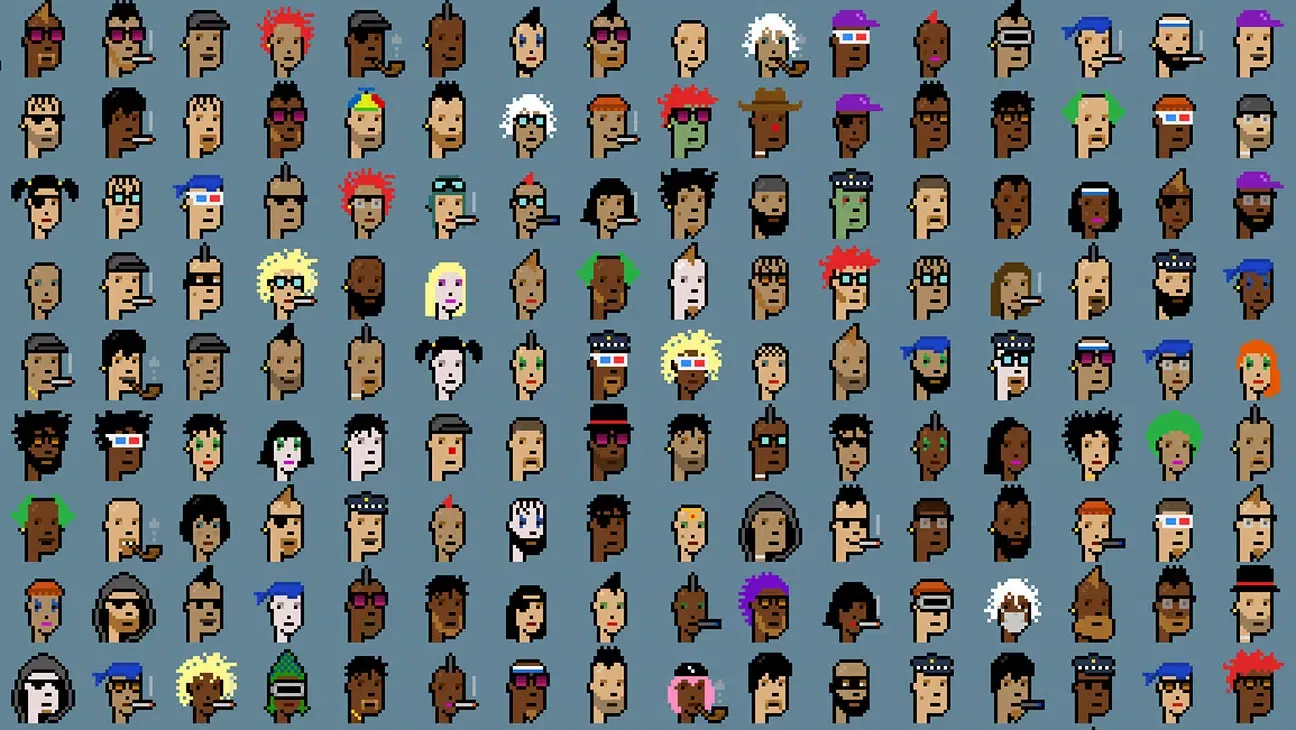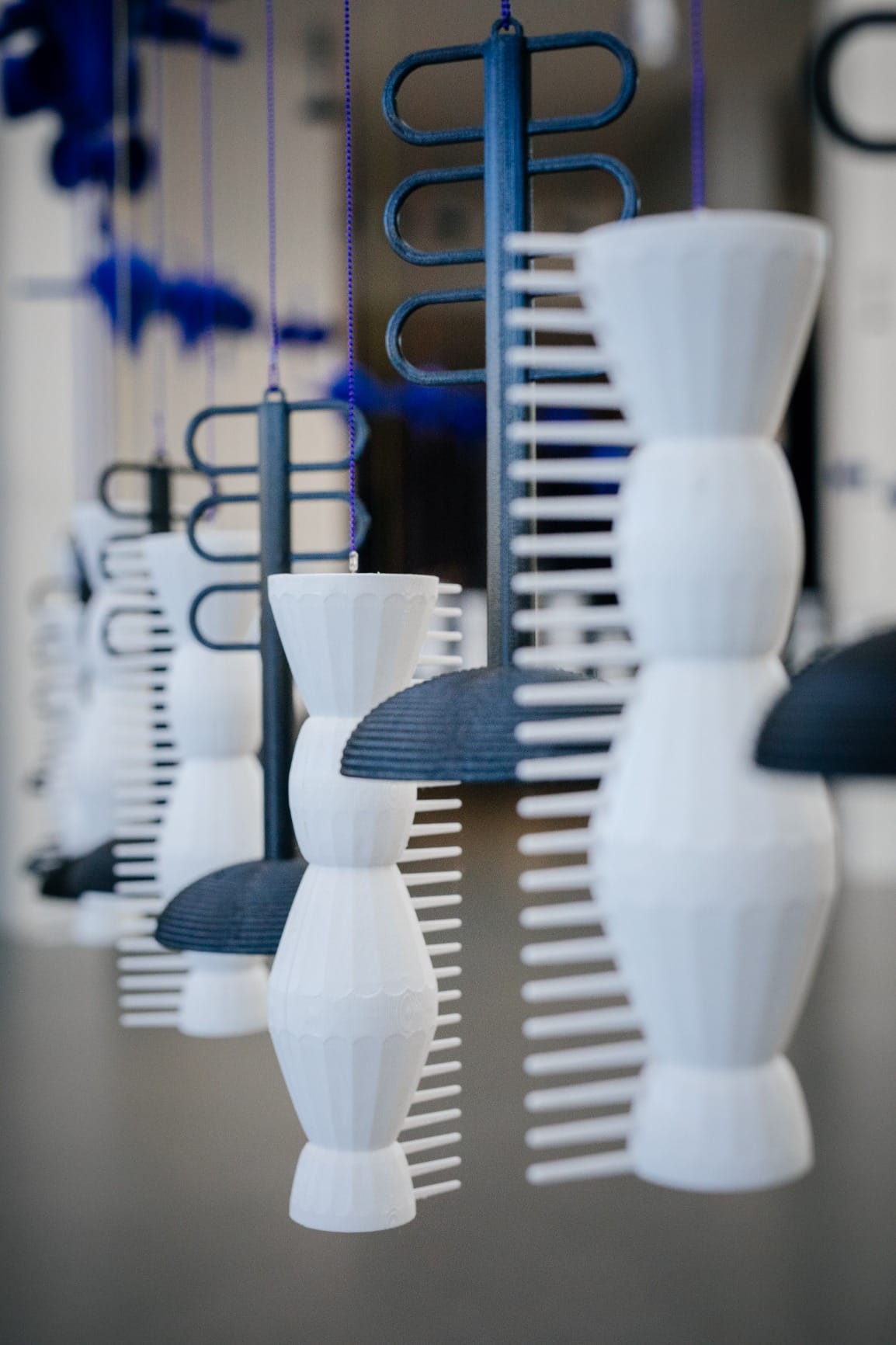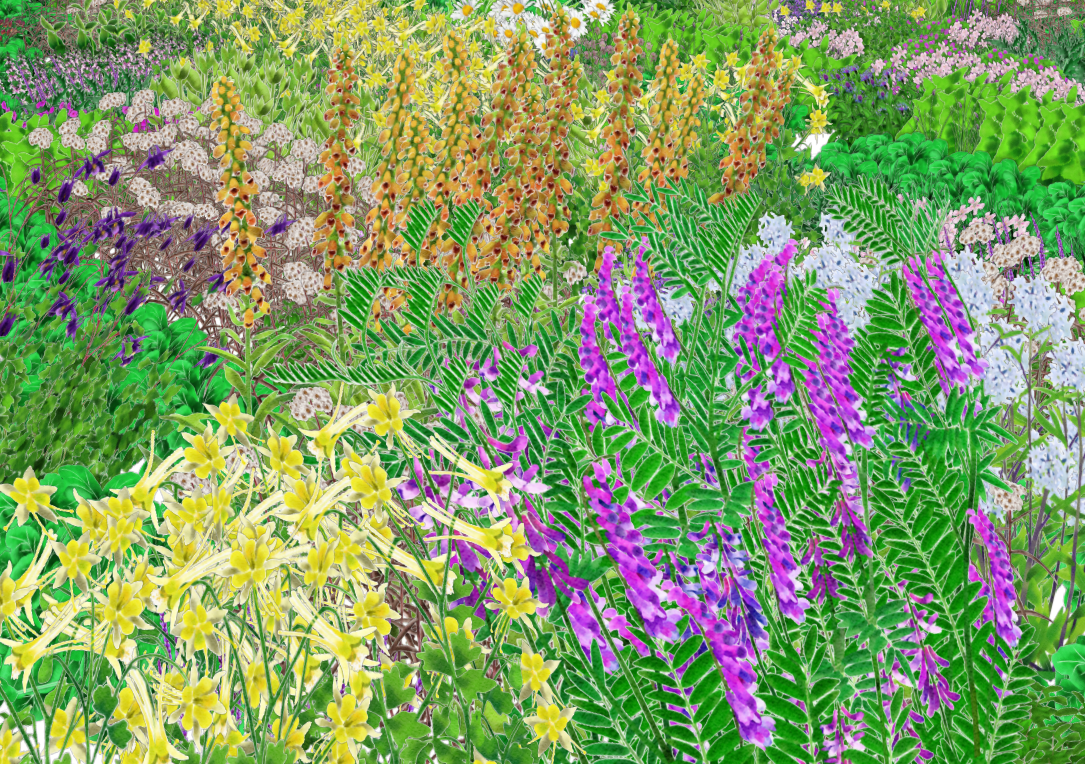Non-fungible tokens (NFTs) and blockchain have become key players in the pantheon of technological developments across industries. Many have argued that these tools hold the promise of revolutionizing the creative economy, empowering artists, musicians, writers, and creators across disciplines and reshaping the way we create, consume, and distribute creative works. Through the distinctive attributes of NFTs and the decentralized framework of blockchain, can the creative landscape be poised for a renaissance, offering enhanced monetization avenues and amplified control over intellectual property?
At their core, NFTs are unique digital assets that are indivisible, distinct, and, most importantly, provably scarce. This scarcity, verified through blockchain technology, allows creators to tokenize their work, whether it's a digital painting, a piece of music, or a collectible item, and establish true ownership in the digital realm. As such, the concept of ownership is being redefined by NFTs. Unlike traditional art, which can be endlessly reproduced, NFTs offer a means to authenticate and secure ownership of digital creations. This is a game-changer for artists, as it enables them to monetize their digital works while providing collectors with a genuine connection to the art they own.
Blockchain technology is the backbone of NFTs, ensuring trust and transparency in this revolutionary ecosystem. The blockchain is a decentralized ledger that records every transaction involving NFTs. This means that every sale, transfer, and creation of an NFT is permanently etched into the blockchain, creating an immutable and publicly accessible history.
Artists and collectors can rest assured that the provenance of their NFTs is unimpeachable. The blockchain also offers a novel way to support artists by allowing them to earn royalties every time their work is resold. This ensures that creators can continue to benefit from the increasing value of their art as it changes hands on the secondary market.
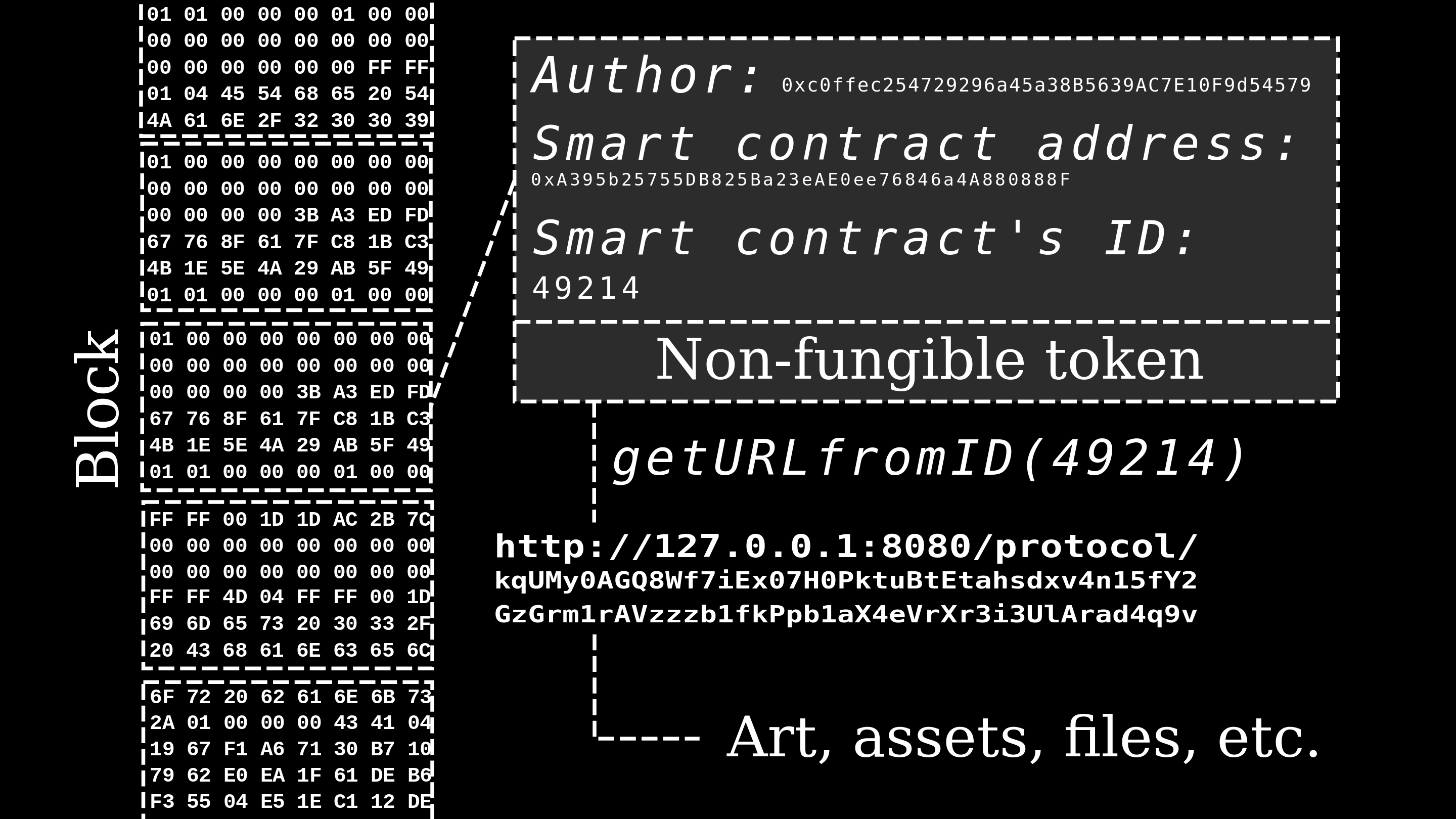
With NFTs and blockchain, the canvas of creativity has expanded dramatically. Artists are no longer confined to traditional mediums or physical spaces. The digital realm provides an infinite playground where imagination knows no bounds. Collaborations between artists and technologists are on the rise, leading to the creation of generative art and interactive experiences that simply weren't feasible before. These digital creations can be directly tied to NFTs, granting the creators ownership and monetization rights over their innovative works.
Moreover, the intersection of NFTs and augmented reality (AR) is redefining how we experience art. Imagine strolling through a park and, with the aid of your AR glasses, seeing digital sculptures, paintings, and animations overlaid onto the landscape. These digital installations can be tokenized as NFTs, providing a new form of public art that bridges the gap between the digital and physical worlds.
NFTs are not limited to the visual arts; the music industry is also embracing this transformative technology. Musicians can tokenize their music and sell it directly to fans as NFTs. This not only allows artists to gain a more substantial share of the profits but also fosters a deeper connection with their audience. Live concerts are also embracing NFTs. Virtual concert experiences are becoming increasingly popular, allowing fans from around the world to attend shows from the comfort of their own homes. These virtual events can be ticketed as NFTs, giving attendees a sense of ownership and a unique memento from the event. Additionally, NFTs have the potential to eliminate the middleman in the music industry. Smart contracts on the blockchain can automatically distribute royalties to artists, producers, and songwriters as soon as a song generates revenue. This transparent and efficient system ensures that creatives are fairly compensated for their work.
NFTs have also breathed new life into the world of design and fashion. Designers can tokenize their digital creations, making them available for purchase as NFTs. This opens the door to a world where digital fashion and accessories become highly sought-after items. Virtual fashion shows and collaborations between fashion houses and digital artists are pushing the boundaries of what's possible in the fashion world.
Collectibles, too, have found a home in the NFT ecosystem. Rare digital trading cards, virtual pets, and other digital collectibles are being bought and sold as NFTs. The scarcity and uniqueness of these items make them appealing to collectors and enthusiasts, who can securely trade them on blockchain-based marketplaces.
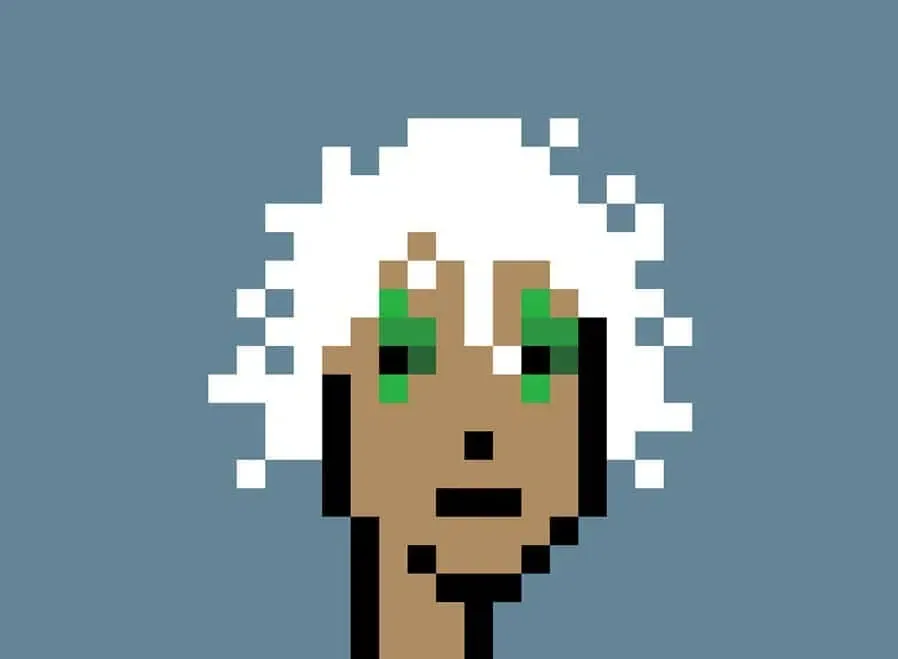
While the potential of NFTs and blockchain in the creative industries is undeniably exciting, it's essential to acknowledge the challenges and concerns that have arisen. Environmental concerns surrounding the energy consumption of blockchain networks have been a point of contention. However, many projects are actively working on solutions to reduce the carbon footprint of blockchain technologies. The market for NFTs has seen its fair share of speculative bubbles, where prices of NFTs have skyrocketed to astonishing heights, only to crash later. As with any emerging technology, there is a learning curve and a need for responsible market practices.
So, are NFTs and blockchain technology poised to revolutionize the creative industries? By redefining ownership, providing trust and transparency, and enabling new forms of artistic expression, they may just offer a bright future for artists, musicians, designers, and creators of all kinds.
Nonetheless, as we move forward, it's crucial to strike a balance between embracing the transformative potential of NFTs and blockchain and addressing the challenges and concerns that arise. With responsible practices, these technologies can empower creatives and bring about a new era of art, music, design, and culture that is more accessible, inclusive, and dynamic than ever before. The fusion of creativity and technology continues to weave a captivating tapestry, and it's a journey that promises to be both thrilling and enlightening

